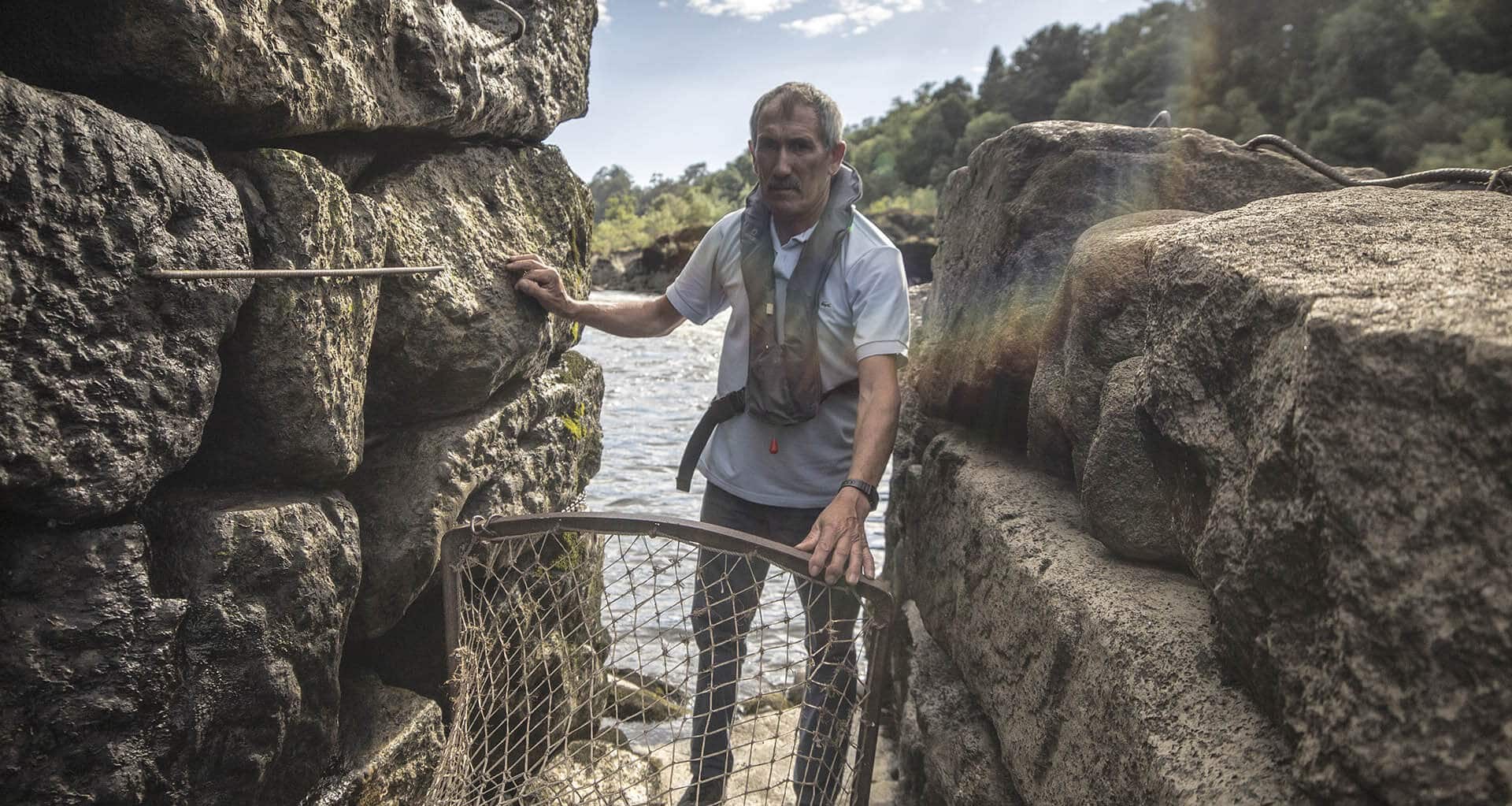
Minho River Fisheries
Tradition of fishing in the Minho river fisheries
Centuries-old or even almost millenary (the first documented references are from the 11th century) the fishing grounds may have been made by the Castro peoples who inhabited the banks of the river Minho and who already worked with stone and iron.
What is known is that they were used by the Romans in the same way they continue to be used today. The story goes that the Romans, lovers of good food and good drink, knowing the wealth of the Minho River, sent engineers to the countryside to make boats suitable for navigation on this river and perfect the art of fishing.
Fisheries are relatively tall stone structures on either side of the river (Portuguese and Spanish sides). It is to this highest area, the piau, that fishermen go up to pull their nets.
Between one construction and the other, there is the fishtail, a set of stones that forms an obstacle in the middle of the river, preventing the ascent of fish (lamprey, shad and salmon).
These are forced to deviate, looking for the most favorable area to continue the ascent and it is precisely there that they find the nets. They enter through a central channel and then pass to another area from which they are no longer able to leave, becoming entangled in the network.
These constructions testify to ancestral knowledge in choosing the best places to implement, in their orientation in relation to the currents of the river, in working the stone and erecting the curtains of the walls, in choosing the most appropriate fishing gear and also in the community sharing system. of your use.
